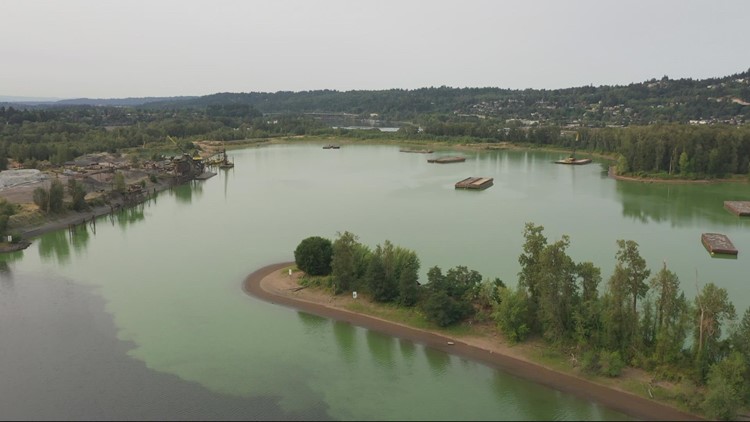PORTLAND, Ore. — Toxic algae blooms prompted the Oregon Health Authority (OHA) to extend its health advisory initially issued on Aug. 17 for the Willamette River near Cathedral Park. The advisory now includes an area upstream to Willamette Cove near the SP&S Railroad Bridge.
The OHA said it will continue to collect water samples. In a new release last week, the agency noted that the blooms may have originated upstream of Willamette Cove and could have spread downstream beyond the area of Cathedral Park.
People should avoid swimming and other recreational activities — including water skiing, boating and fishing — and keep pets away from areas where the cyanobacteria blooms and cyanotoxins are present.
The toxins aren't absorbed through the skin, the OHA said, but people with skin sensitivities can get a puffy red rash. Exposure to cyanotoxins can cause symptoms similar to food poisoning such as stomach cramping, diarrhea, nausea and vomiting. More serious symptoms like numbness, dizziness and shortness of breath are also possible.
Cyanotoxins pose increased health risks for kids and pets. Dogs can become extremely sick within minutes to hours of exposure or drinking large amounts of water — and the result can even be fatal.
For a full list of advisories, visit the OHA's website.
In southwest Washington, several advisories are in place at popular swimming sites. As of Thursday, Clark County Public Health had issued advisories for Vancouver Lake Regional Park and the Camas Lake Region.
For a full list of advisories in Washington, visit Clark County Public Health's website.
OTHER STORIES: Health advisory: No swimming, water skiing at Lacamas Lake



